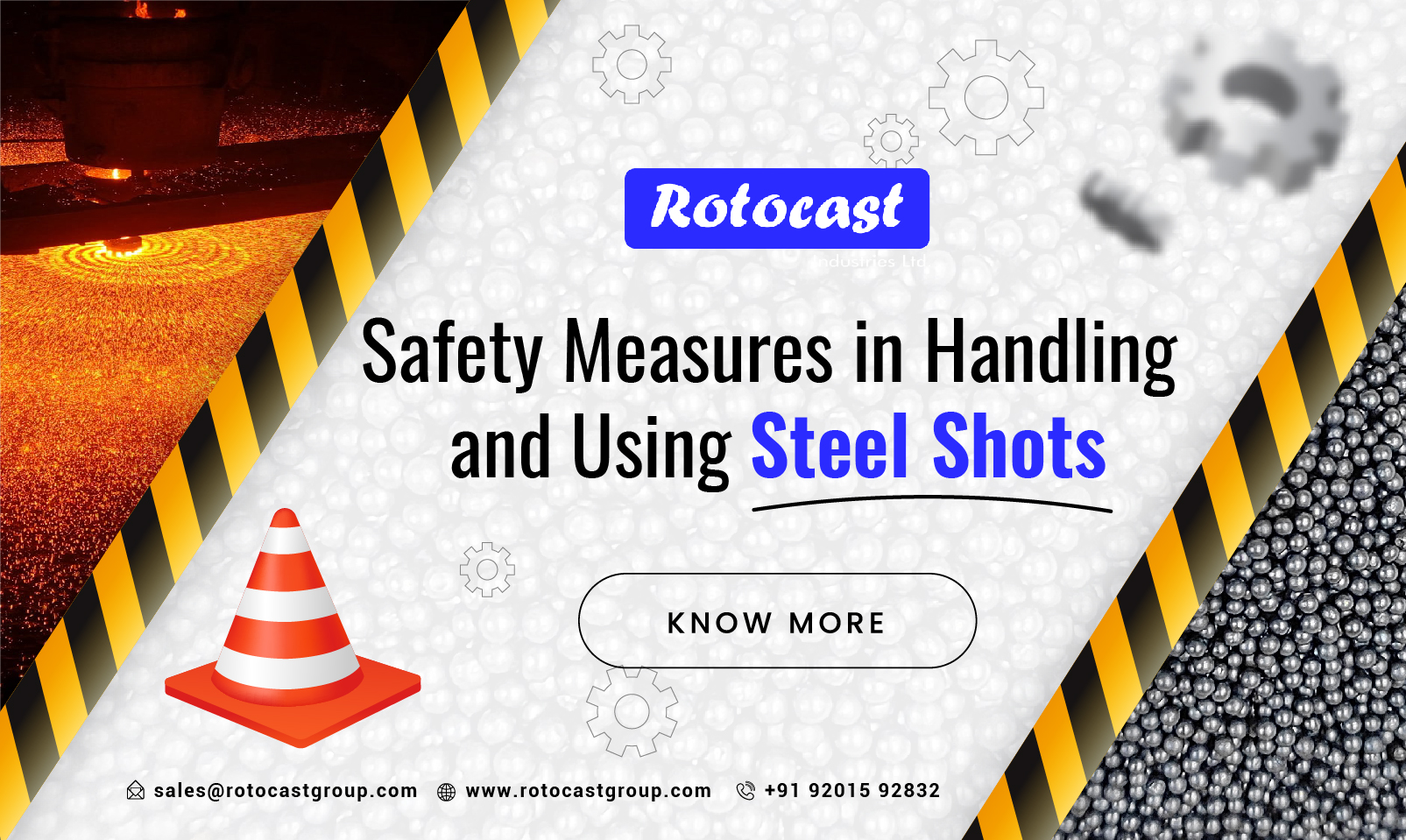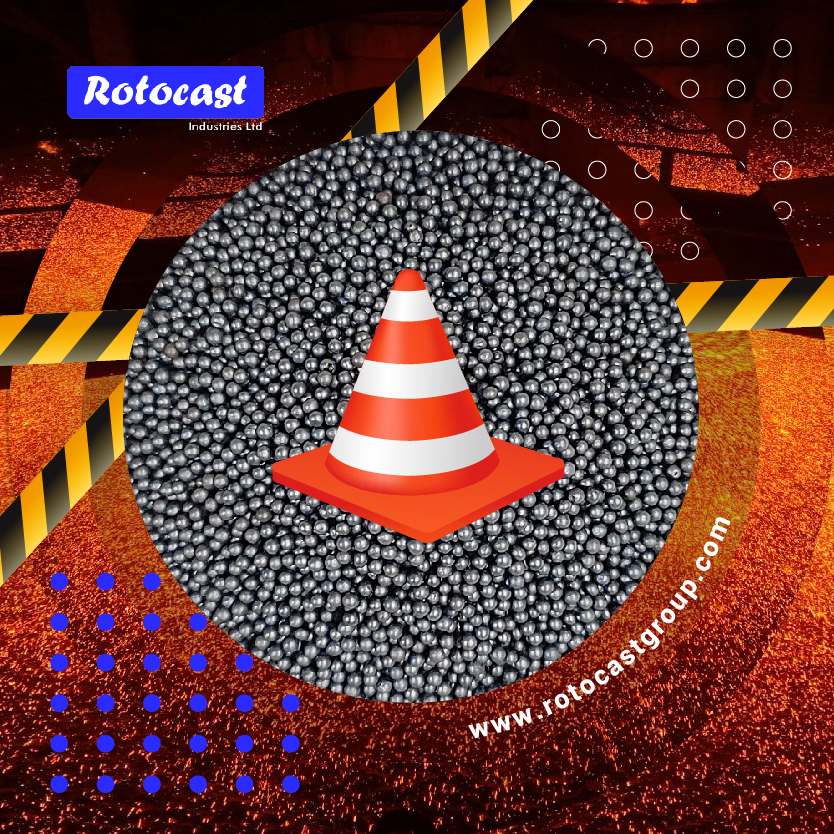
Steel shots are abrasive materials commonly used in various industries for tasks such as surface preparation, cleaning, and shot peening. While they are effective tools for these applications, it’s essential to prioritize safety when handling and using steel shots. This article outlines key safety measures to ensure the protection of workers and the environment.
- Personal Protective Equipment (PPE): Wearing appropriate personal protective equipment is paramount when working with steel shots. This includes:
- Safety goggles or face shields to protect eyes from impacts and airborne particles.
- Protective gloves to shield hands from abrasions and cuts.
- Steel-toed boots to safeguard feet from heavy materials and potential impacts.
- Long-sleeved shirts and pants to minimize skin exposure to abrasive particles.
- Hearing protection, such as earplugs or earmuffs, as steel shots can produce loud noises during operation.

- Proper Handling and Storage: Steel shots should be handled with care to prevent accidents and injuries. Some essential guidelines include:
- Store steel shots in designated containers or bins to prevent spills and contamination.
- Ensure proper ventilation in storage areas to minimize dust buildup and maintain air quality.
- Avoid dropping or mishandling containers to prevent spills and damage to the abrasive material.
- Use appropriate lifting equipment, such as forklifts or cranes, for transporting heavy containers of steel shots to minimize the risk of strain-related injuries.
- Dust Control Measures: Exposure to airborne dust generated by steel shots can pose respiratory hazards to workers. Employing effective dust control measures is crucial:
- Use dust collection systems, such as vacuum systems or exhaust ventilation, to capture airborne particles and maintain air quality.
- Conduct regular cleaning of work areas and equipment to minimize dust accumulation.
- Provide respiratory protection, such as dust masks or respirators, for workers in areas where dust exposure is unavoidable.
- Equipment Maintenance and Inspection: Regular maintenance and inspection of equipment used in conjunction with steel shots are essential for safe operation:
- Inspect machinery, such as blast cabinets or shot blasting equipment, for signs of wear, damage, or malfunction before each use.
- Ensure that equipment is properly calibrated and aligned to prevent accidents and maintain efficiency.
- Lubricate moving parts as recommended by the manufacturer to reduce friction and prolong equipment lifespan.
- Train personnel on proper equipment operation and maintenance procedures to ensure safe handling and optimal performance.
- Training and Education: Providing comprehensive training and education to workers is vital for promoting safety awareness and minimizing risks associated with steel shot usage:
- Conduct training sessions on safe handling practices, emergency procedures, and hazard recognition for all personnel involved in steel shot operations.
- Emphasize the importance of following established safety protocols and wearing appropriate PPE at all times.
- Provide refresher courses and updates on safety guidelines to ensure ongoing compliance and awareness among workers.
Conclusion: Ensuring the safe handling and usage of steel shots is essential to protect the well-being of workers and maintain a secure working environment. By implementing comprehensive safety measures, including proper PPE, handling procedures, dust control measures, equipment maintenance, and training initiatives, employers can minimize risks and promote a culture of safety in industries where steel shots are utilized. Prioritizing safety not only prevents accidents and injuries but also enhances productivity and efficiency in the workplace.
